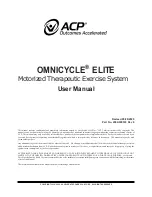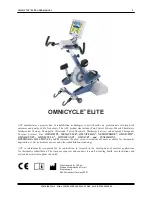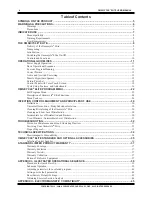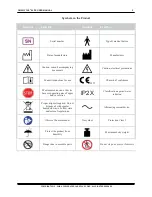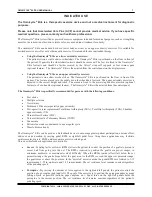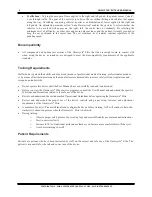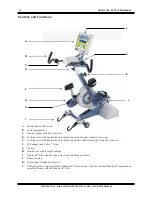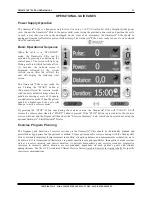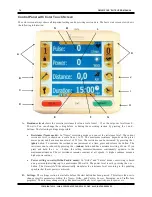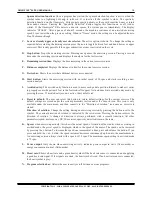
COPYRIGHT 2010 - 2020, ACCELERATED CARE PLUS CORP., ALL RIGHTS RESERVED
NOTE:
OMNICYCLE
®
ELITE USER MANUAL
13
A simple test can be performed to check that the heart rate sensor is functioning
properly. The screen will show a blue heart symbol and a heart rate if the signals from
the heart rate sensor are sufficiently strong and regular. If there is no heart rate signal,
the heart symbol disappears. A weak/irregular heart rate signal is indicated by a red
heart symbol.
At the beginning of the exercise, there is a learning process for the heart rate
calculation. The pulse display needs some time to catch up with the actual pulse. This
happens due to filtering in the software to filter out irregularities in the pulse rate. If the ECG signal is weak, the
signal can get disturbed more easily. To ensure accurate detection (needed before measuring is possible) the contact
between skin and electrodes needs to be constant.
To ensure good contact:
Y
Moisten the electrode areas of the heart rate sensor. At the beginning of the exercise session the skin may
be dry and the moisture will help ensure better contact. When you start to sweat the contact will improve
because the salt in the sweat conducts the electrical signals very well. If all else fails, the use of ultrasound
gel is acceptable.
Y
Tighten the elastic strap. If the strap is loose, the movement of the electrodes will disturb ECG signal
detection. If the standard-size strap does not fit satisfactorily, larger and smaller straps are available as
accessories.
Y
Try different sensor positions to find the best for you. If the signal is weak when the sensor is placed right
under the pectorals (recommended position), move the sensor left or right, lower or higher to find the best
signal. There are known cases where heart rate is detected better when the sensor is turned upside down
with the Polar logo facing out, or even when attached on the back. Find the best location for your individual
patient.
Y
You may even need to shave a small area on the patient’s chest. Hairy chests may weaken contact. If you
cannot find the heart rate signal by positioning the sensor differently or with using conductive gel, shaving
a small area for better conductivity may help.
Chest strap cross-communications can happen when two patients with chest straps are too close to the same terminal
simultaneously. The maximum transmission range between the heart rate sensor and the training computer is about 1
meter (3ft). Make sure you keep within this distance. If the distance gets further, the training computer may not
receive all the heart rate signals from the heart rate sensor and, as a result, show the same heart rate for a long time.
ACP may have provided your facility with a non-coded chest strap. These un-coded chest straps may be more
susceptible to cross talk than the newer coded versions. The newer, coded versions can prevent cross-
communications to a certain degree. Care should always be taken to keep patients and exercise equipment at greater
than 1 meter intervals.
To prevent interference when several Omnicycle
®
Elite exercisers are being used with Cardio-Pulse
sets, there should be a gap of at least 1 meter between exercisers.

